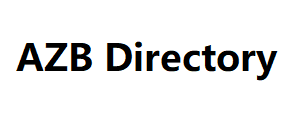With the exponential increase in the number of electronic records. Therefore, Banks and fintechs have had access to huge flows of transactional and non-transactional data relating to customer records, habits and behaviors and today have the possibility of analyzing them to obtain business insights. Optimize processes and above all improve the customer experience . 4 trends for the banking sector Therefore, what is big data in banking? Big data represents an asset that cuts across all sectors. The definition that is cited most frequently is that of gartner: big data are information assets. Present in different varieties and in very large volumes and with very high speed .
They require innovative forms
Nalysis and interpretation and are capable of improving insight extraction. Decision making and process automation . With the expression ” big data in banking ” we therefore indicate a specific reality of a much broader phenomenon. The set of all those activities Taiwan Mobile Number Database that generate a digital footprint in the financial product market. Let’s take a moment to delve Therefore, deeper into how the distinctive qualities of big data – variety. Volume and speed – are expressed in the particular. Case of the banking sector and to introduce a fourth pillar, value , which concretely. Translates into the business results of a company data analysis and management operations.
New call-to-action The four pillars
Big data in banking: variety, volume. Therefore, Velocity and value big data , literally “large data flows” can be described through four key attributes: variety. Volume, velocity and value. Variety: the different types of data that are processed every moment. In the Estonia Phone Number List case of banks , the data covers a wide range: from transaction details to credit scores to risk assessment reports and much more. Volume: the space that the data will occupy to be stored. In the case of financial institutions , from international credit giants to the smallest local start-ups. Therefore, The data generated and stored every day can be quantified in the terabyte range.







